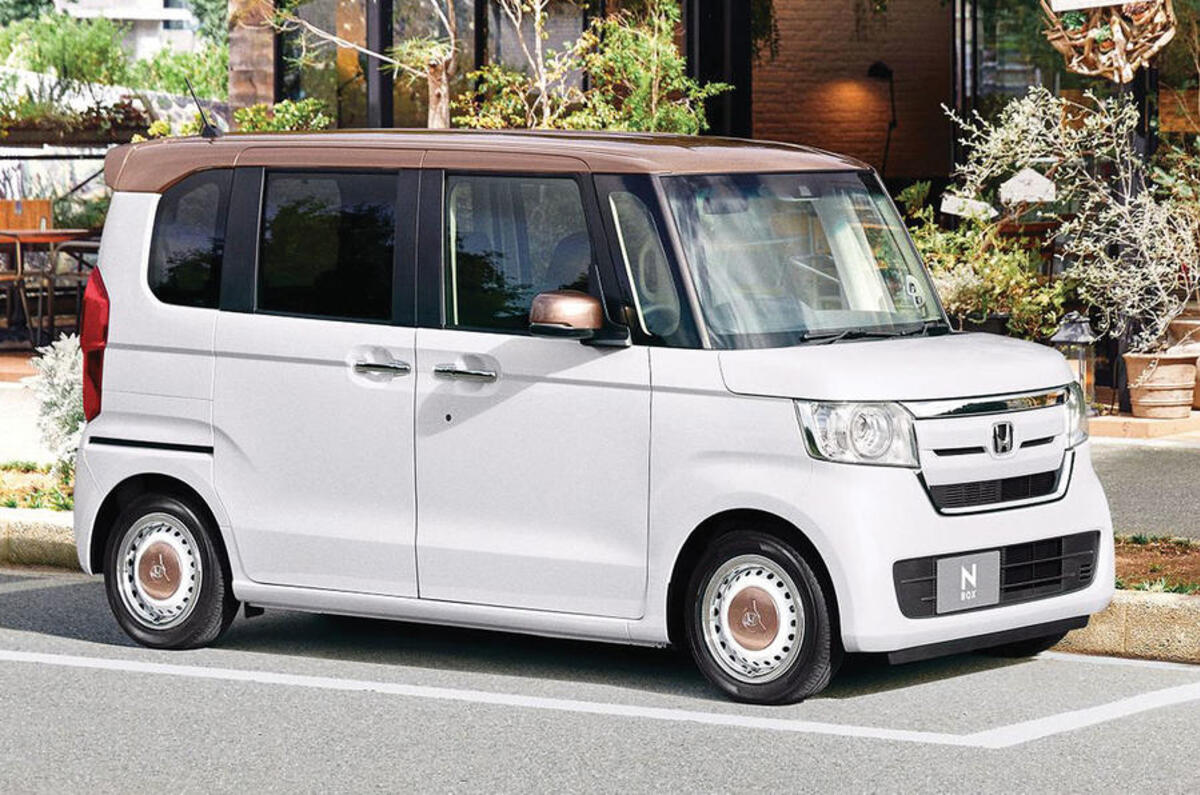The city car segment has been shrinking for years as manufacturers have struggled to make decent profits from vehicles that are regulated just the same as a Range Rover or BMW 7 Series.
The problem has been compounded by the move to electrification because the cost of the battery is even harder to mask in something sub-4.0m long. You could reduce the size of the battery, but buyers might not accept the paucity of range.
Look what happened to the Honda E city car – pulled from Europe after just three years on sale because not enough people were happy to pay £37,395 for a car with a range of just 130 miles.
However, European car makers think they’ve hit on the solution: introduce a new electric category similar to Japan’s diminutive kei class that restricts aspects such as size, weight and power but unlocks certain benefits not available to larger cars.
The car makers, through their lobby group ACEA, presented the idea in late November as a way to expand the currently narrowing options for urban drivers.
“We think we can propose something that addresses the usage without the cost of a car that has to do everything,” Luca de Meo, Renault Group CEO and ACEA president, told journalists. “The kei car is a perfect example of the kind of things we should be able to do.”
“A- and B-segment cars are not profitable any more because auto makers have to produce cars dressed up like Christmas trees,” de Meo said. “It doesn’t make a difference if it’s a Clio or a big limo.”
Small electric cars in this proposed new category should have a reduced purchase tax, lower road tolls, easier access to city centres and not be subject to the same parking restrictions as regular cars, de Meo said.
Urban car buyers are being squeezed right now in their car choices. On the one hand, new cars, particularly electric cars, are expensive. On the other, the cheapest used combustion-engine cars are being targeted by cities for their poorer emissions.
Meanwhile, there’s another movement afoot to restrict larger cars. In Paris, for example, residents are being asked to vote on whether to triple parking charges for heavy SUVs to €18 (£15) an hour.
This is where kei cars look so appealing. Kei (short for keijidosha, or ‘light automobile’) is a class of car in Japan restricted to dimensions 3.4m long, 1.48m wide and 2m tall with a 660cc maximum engine displacement. Power is generally limited to 64bhp after manufacturers mutually agreed to avoid a horsepower war.






Add your comment